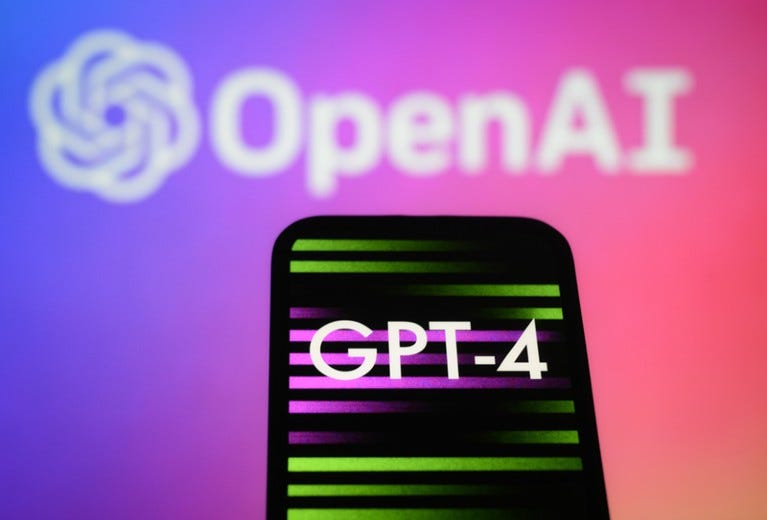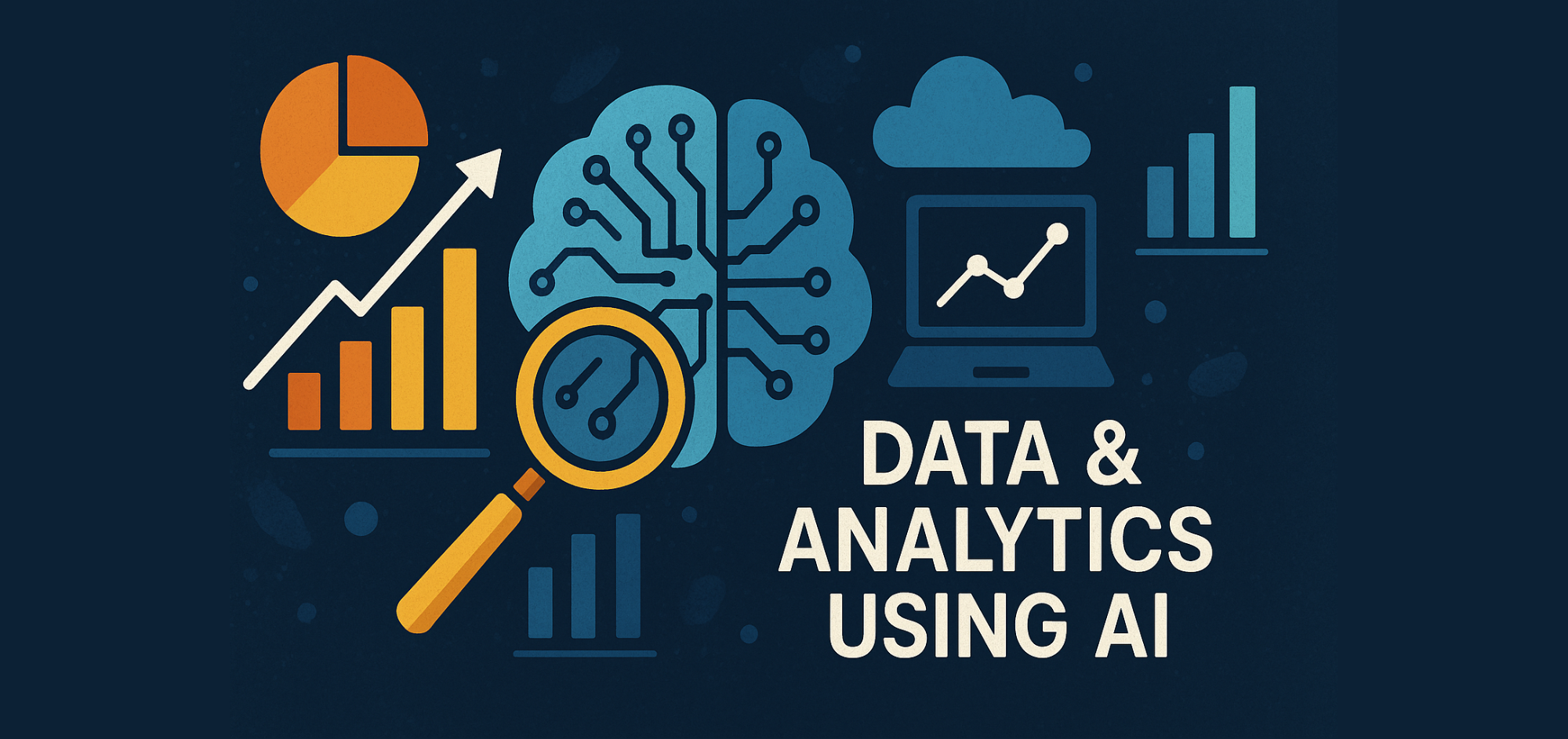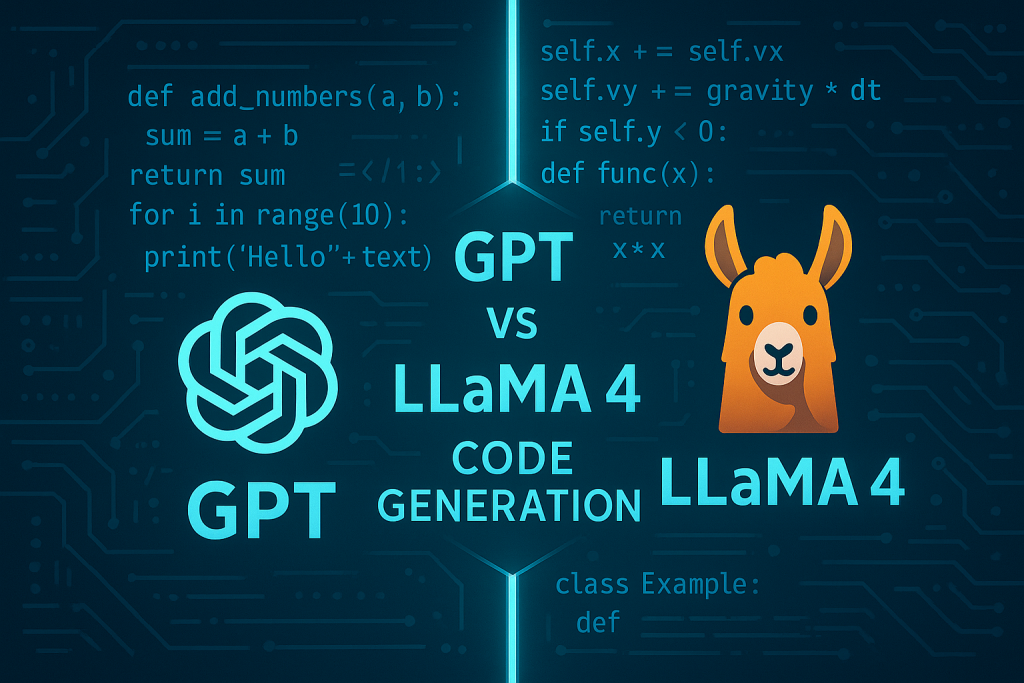Small vs. Large — The Battle of Language Models in AI
A Guide for Choosing the Right Language Model for Your Needs
Introduction
In the rapidly advancing field of artificial intelligence, language models have become foundational to numerous sophisticated applications, from chatbots to translation systems. As AI research progresses, the decision between using small language models (SLMs) and large language models (LLMs) has become increasingly significant.
Language models, driven by advanced machine learning algorithms, have revolutionised our ability to process and generate text that closely resembles human language. These models predict the next word or sequence of words based on context, with recent innovations showcasing the capabilities of models like GPT-4 and Llama 3.1. However, the introduction of the Phi-3 Model series, featuring models with around 3 billion parameters that rival GPT-3.5 in standard benchmarks, challenges the notion that bigger is always better. This development underscores a growing trend where smaller models are achieving competitive performance without requiring hundreds of billions or even trillions of parameters. ‘Parameters’ are the components of a model that are learned from the training data. They are essentially the values that the model adjusts during training to minimise the error in its predictions.
This article explores the differences, advantages, and trade-offs between SLMs and LLMs, offering insights into which might be best suited for various applications.
Small Language Models: Efficiency and Focus
Small language models, as the name suggests, are designed with fewer parameters and a smaller architecture compared to their larger counterparts. Despite their size, SLMs offer several advantages:
1. Efficiency and Speed
SLMs are typically faster and more efficient in terms of computation. Their smaller size means they require less processing power and memory, which translates to quicker inference times and lower operational costs. This makes them an attractive choice for applications where speed and resource efficiency are crucial.
2. Lower Deployment Costs
The reduced computational requirements of SLMs lead to lower costs for deployment and maintenance. This is particularly beneficial for companies and developers working with constrained budgets or operating in environments with limited resources.
3. Improved Privacy and Security
SLMs can be deployed on local devices rather than relying on cloud-based systems. This local deployment enhances data privacy and security, as sensitive information does not need to be transmitted over the internet. This is particularly important for applications handling personal or confidential data.
4. Faster Training and Iteration
Training SLMs requires less computational power and time compared to larger models. This allows for quicker experimentation and iteration during the development process. Researchers and developers can rapidly test and refine models, accelerating the pace of innovation and reducing time-to-market for new applications.
5. Better Suitability for Edge Computing
SLMs are well-suited for edge computing environments where processing needs to occur directly on devices like smartphones, IoT devices, or embedded systems. Their compact nature ensures that they can operate efficiently with limited resources, providing powerful AI capabilities in decentralised or remote settings.
6. Specialised Applications
SLMs can be fine-tuned for specific tasks with relatively small datasets. Their compact nature allows for more targeted and specialised applications, such as domain-specific chatbots or personalised recommendation systems, without the overhead associated with larger models.
Large Language Models: Power and Versatility

On the other hand, large language models, with their vast number of parameters and extensive training data, offer a different set of advantages:
1. Superior Performance on Benchmark Tests
LLMs consistently achieve top performance on standard benchmarking tests, such as GLUE, SuperGLUE, and various other evaluation suites. Their extensive training allows them to excel in tasks requiring deep understanding and complex reasoning, providing results that set new benchmarks in the field. This superior performance demonstrates their capacity for generating highly accurate and contextually appropriate responses across diverse language tasks.
2. Generalisation and Adaptability
The vast parameter space and extensive training datasets of LLMs enable them to generalise effectively across a wide range of contexts and domains. They can handle various tasks with minimal fine-tuning, adapting quickly to new applications without requiring extensive retraining. This versatility makes LLMs valuable tools for numerous use cases, from technical support to creative content generation.
3. Cutting-edge research and Innovation
LLMs play a crucial role in advancing AI research and innovation, particularly in multimodal applications. They serve as benchmarks for assessing new techniques and methodologies, pushing the limits of what can be achieved in text understanding and generation. Their development frequently leads to breakthroughs that shape future research and drive progress across various applications in the field.
4. Scalable and Robust Performance
LLMs are designed to scale with increased data and computational resources, maintaining robust performance even as their size and complexity grow. This scalability ensures that they continue to provide high-quality outputs and handle more demanding tasks as they evolve, making them suitable for large-scale applications and complex problem-solving scenarios.
5. Advanced Fine-Tuning and Personalization
LLMs offer sophisticated fine-tuning capabilities, allowing them to be tailored for specific applications or user preferences. This fine-tuning process enables customisation to meet particular needs, such as adapting the model for industry-specific jargon or personalising interactions to align with individual user styles. This flexibility enhances the model’s effectiveness in delivering targeted and relevant responses.
The Trade-Offs: Balancing Act

Choosing between SLMs and LLMs involves weighing the trade-offs between efficiency and performance. SLMs offer cost-effective and rapid solutions, while LLMs provide cutting-edge capabilities at the expense of higher computational demands.
1. Application Suitability
Small Language Models (SLMs) are particularly well-suited for applications where computational resources are limited or where specific, narrowly focused tasks are required. Their efficiency and speed make them ideal for scenarios with tight resource constraints, such as mobile applications or embedded systems. In contrast, Large Language Models (LLMs) excel in applications that demand extensive generalisation and high performance, such as advanced conversational agents, complex text generation, and comprehensive knowledge retrieval. The choice between SLMs and LLMs often hinges on balancing resource availability with the need for specialised capabilities or broad functionality.
2. Scalability and Future-Proofing
While LLMs currently offer state-of-the-art performance and versatility, their substantial resource requirements can pose significant challenges in terms of scalability and sustainability. Training and deploying these models often necessitate high computational power and storage, which may not be feasible for all organisations. However, as AI technology progresses, smaller and more efficient models are likely to become increasingly powerful and capable. Innovations in model design and training techniques may help bridge the performance gap, making SLMs more competitive with LLMs in the future.
3. Cost and Resource Allocation
The deployment and maintenance costs associated with LLMs are significantly higher due to their large size and computational demands. This can lead to substantial expenses in terms of hardware, energy consumption, and operational overhead. On the other hand, SLMs offer a more cost-effective solution, making them more accessible for smaller organisations or projects with limited budgets. The trade-off between cost and performance must be carefully considered, especially when evaluating long-term sustainability and resource allocation.
4. Complexity of Implementation
LLMs, while powerful, often require complex implementation and integration processes. The large-scale nature of these models can lead to challenges in tuning, managing, and optimising their performance. In contrast, SLMs are generally easier to implement and integrate into existing systems due to their simpler architecture. This ease of implementation can be a significant advantage for projects needing quick deployment or for teams with limited expertise in handling large-scale models.
5. Training Data Requirements
LLMs require vast amounts of diverse training data to achieve their high levels of performance and generalisation. Gathering and curating such extensive datasets can be resource-intensive and time-consuming. SLMs, however, can often be trained effectively with smaller, more specific datasets, making them more feasible for applications with limited data availability. This difference in data requirements influences the overall feasibility and effectiveness of deploying these models in various contexts.
Conclusion
The choice between small and large language models depends on the specific needs of your application and the resources available. SLMs provide efficiency and specialised functionality, making them well-suited for resource-constrained environments. LLMs, with their superior performance and versatility, are ideal for cutting-edge applications where computational power and cost are less of a concern.
As AI continues to advance, the landscape of language models is evolving, particularly with the growing integration of multimodal capabilities. By understanding the strengths and trade-offs of Small Language Models (SLMs) and Large Language Models (LLMs), including their role in handling diverse data types beyond text, you can make informed decisions that align with your goals and drive innovation in the field of natural language processing and beyond.
References
- “SLM vs LLM: Understanding the Differences in Language Models.” 200ok.ai — 100% TRUE Native Salesforce, No Coding Integration Platform, 7 June 2024, www.200ok.ai/blog/slm-vs-llm-understanding-the-differences-in-language-modeling/. Accessed 27 Aug. 2024.
- Artsyman Lizaveta. “Small Language Models vs. Large Language Models: How to Balance Performance and Cost-Effectiveness.” *Instinctools, 18 June 2024, www.instinctools.com/blog/llm-vs-slm/. Accessed 29 Aug. 2024.
Catch the latest version of this article over on Medium.com. Hit the button below to join our readers there.



















